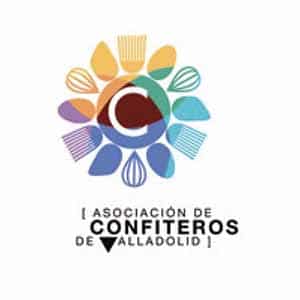Italian director of photography Vittorio Storaro has offered to the Spanish Ministry of Culture the possibility of treating and preserving the seven films he has worked on with filmmaker Carlos Saura, as he is doing in Italy with the ten films made with Bernardo Bertolucci, a task he is carrying out free of charge and which he will finish next year.
The project, promoted by the filmmaker and photographer himself, aims to guarantee the conservation of the works with technology that, as he explained, allows the preservation for 500 years of both the image and the sound of the films. Storaro undertook this work two years ago and in 2022 he will have finished the works shared with Bertolucci, whom he promised before his death that he would use all the new technologies at his disposal to restore their joint filmography.
“I have always taken care of the maintenance of the films so that they could continue to be screened and shown. I do it for free because they were both our films, mine too, and they have to be looked after,” defended the Italian, who praised Saura and Bertolucci, “exceptional people of whom I am a disciple and who love to write with the camera, which leaves me absolutely free to write with light.”
In this sense, he admitted that he would love light to become a language similar to that of music, based on a rhythm, as happens in literature. “The camera and the light should be able to maintain this characteristic rhythm,” wished the last of the winners of the Spike of Honour at this year’s Seminci, which will be presented to him tomorrow during the closing gala.
Storaro began his speech with a confession: he does not like the term ‘director of photography.’ “Cinema is like an orchestra made up of many soloists, but conducted by a single person: the director. We are all co-authors: of the photography, of the editing, of the wardrobe… We all put it together a single work, we all collaborate, we are all co-authors. That’s why it’s impossible to have two directors in one work,” he argued before adding that the label ‘photography’ forgets, in the case of cinema, the movement that shapes the film.
CHOOSING PROJECTS
Born into a modest family close to the world of cinema and trained for seven years in the field of photography and four in the seventh art, the director said he was lucky to have had the opportunity to turn down some projects offered to him in Italy because he felt that they would not contribute anything to his growth as an artist and as a person.
“We can’t say yes to every film or every director. We have to evaluate each proposal on a moral and political level… and we have to consider what it brings to each one of us and if it adapts to our conditions and our way of being, if it suits who we are,” he explained before pointing out that, precisely for this reason, he has agreed to get on certain trains to “contribute” something of his own to the projects.
This is the case, for example, with Bertolucci, with whom he collaborated for a quarter of a century until the filmmaker, after the shooting of Little Buddha, asked him to put an end to their professional relationship because he wanted to prove himself, a request that Storaro accepted although, he confessed, he considers it a mistake.
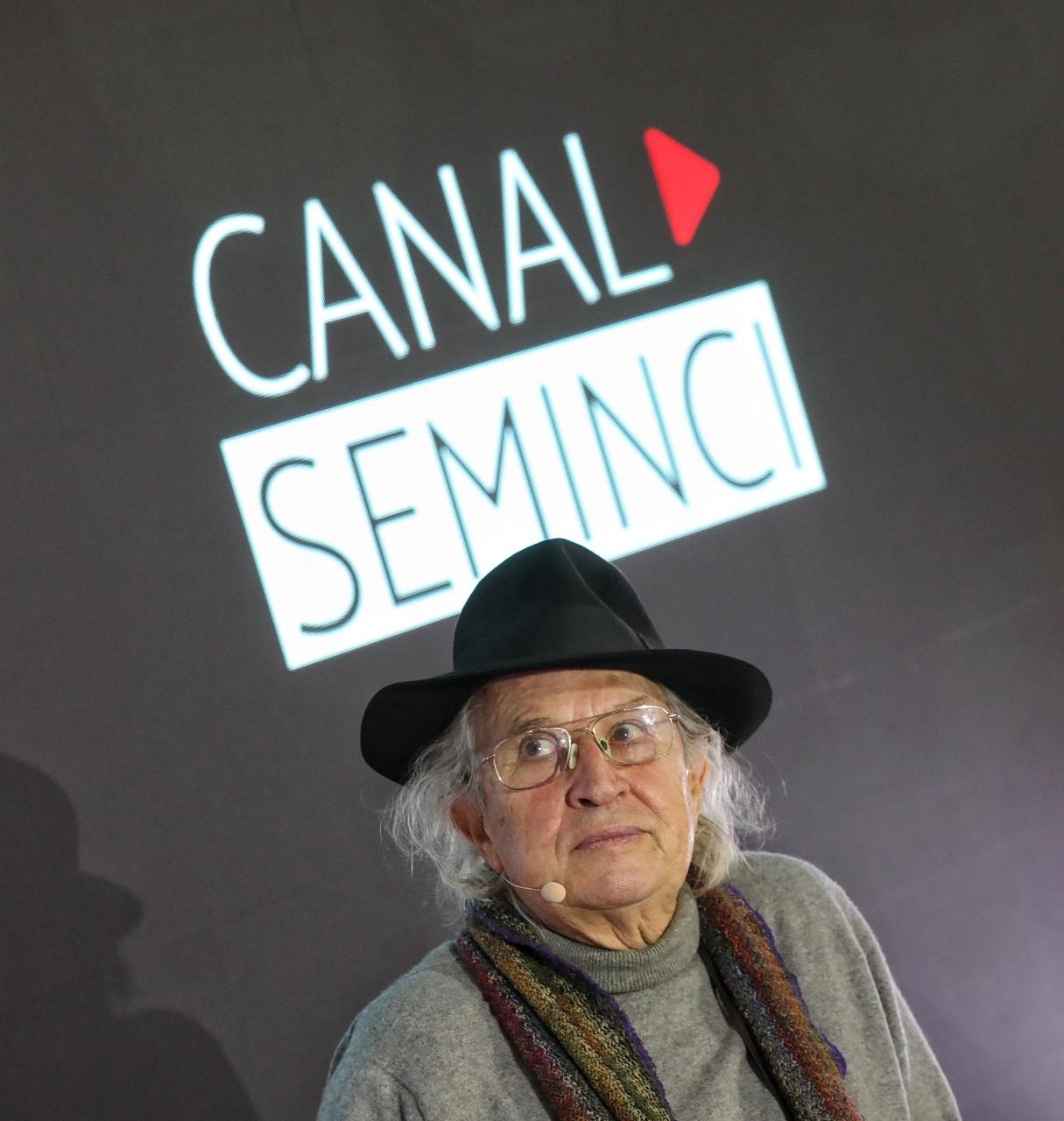
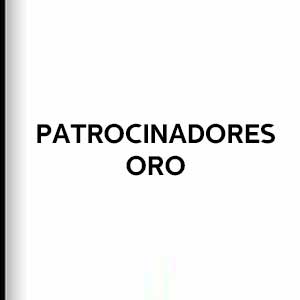



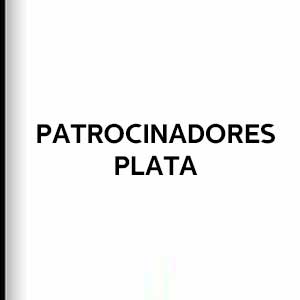



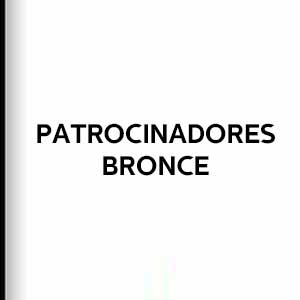









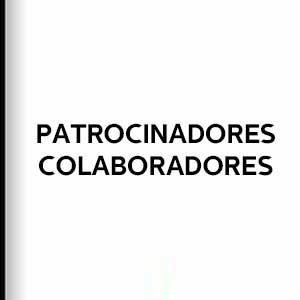


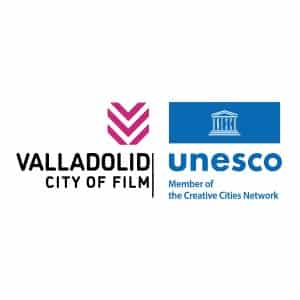
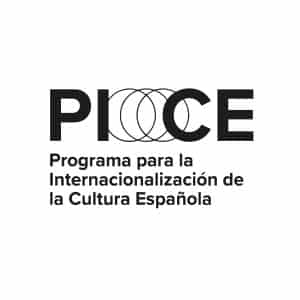


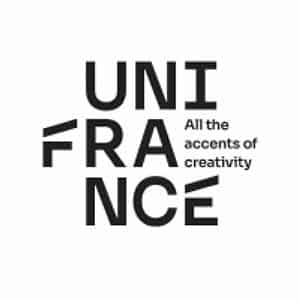
![Logo Foro Cultural de Austria Madrid[1]](https://www.seminci.com/wp-content/uploads/2024/09/Logo-Foro-Cultural-de-Austria-Madrid1-300x76.jpg)




